Brand awareness isn’t just about people knowing your name; it’s about what they associate with it. Think about how you immediately connect Nike with performance or Coca-Cola with happiness.
These brands didn’t gain that recognition by accident—it’s the result of strategic, consistent efforts to improve brand awareness through campaigns that resonate with their audience.
A well-thought-out brand awareness campaign focuses on creating touchpoints where your audience connects with your brand.
Whether you’re launching a new product, entering a competitive market, or simply wanting to remind people you exist, these campaigns are designed to make your brand stick in people’s minds.
So, in this post, I’ll walk you through how to create and execute an effective campaign for brand awareness.
Disclaimer: If you buy any products through links on this site, I may earn a commission. But it doesn't make any difference to your cost, and it helps me keep this blog running. So you could always read my articles for free.
What is a brand awareness campaign?
A brand awareness campaign is a strategic effort to make your brand more recognizable and memorable to your target audience.
It’s not about pushing sales directly but about creating a strong identity that sticks with people when they think about your industry or offerings.
Whether you’re a small business trying to build a presence or an established company reintroducing yourself, these campaigns have a big impact on how others perceive you.
The best brand awareness campaigns are authentic, consistent, and relatable. They’re not just about showcasing your logo—they’re about what you stand for and how you make your audience feel.
Whether it’s through creative ads, social media content, or events, your goal is to ensure people remember your brand for the right reasons.

Buyers go through several stages of awareness on their customer journey, from being unaware to actively looking. So, your campaign should demonstrate a good grasp of their needs and preferences at each phase.
Why run a brand awareness campaign?
Running a brand awareness campaign can be one of the smartest moves you make to grow your business.
In today’s crowded marketplace, standing out is a challenge. If planned well, this campaign can help you cut through the noise and make a lasting impression.
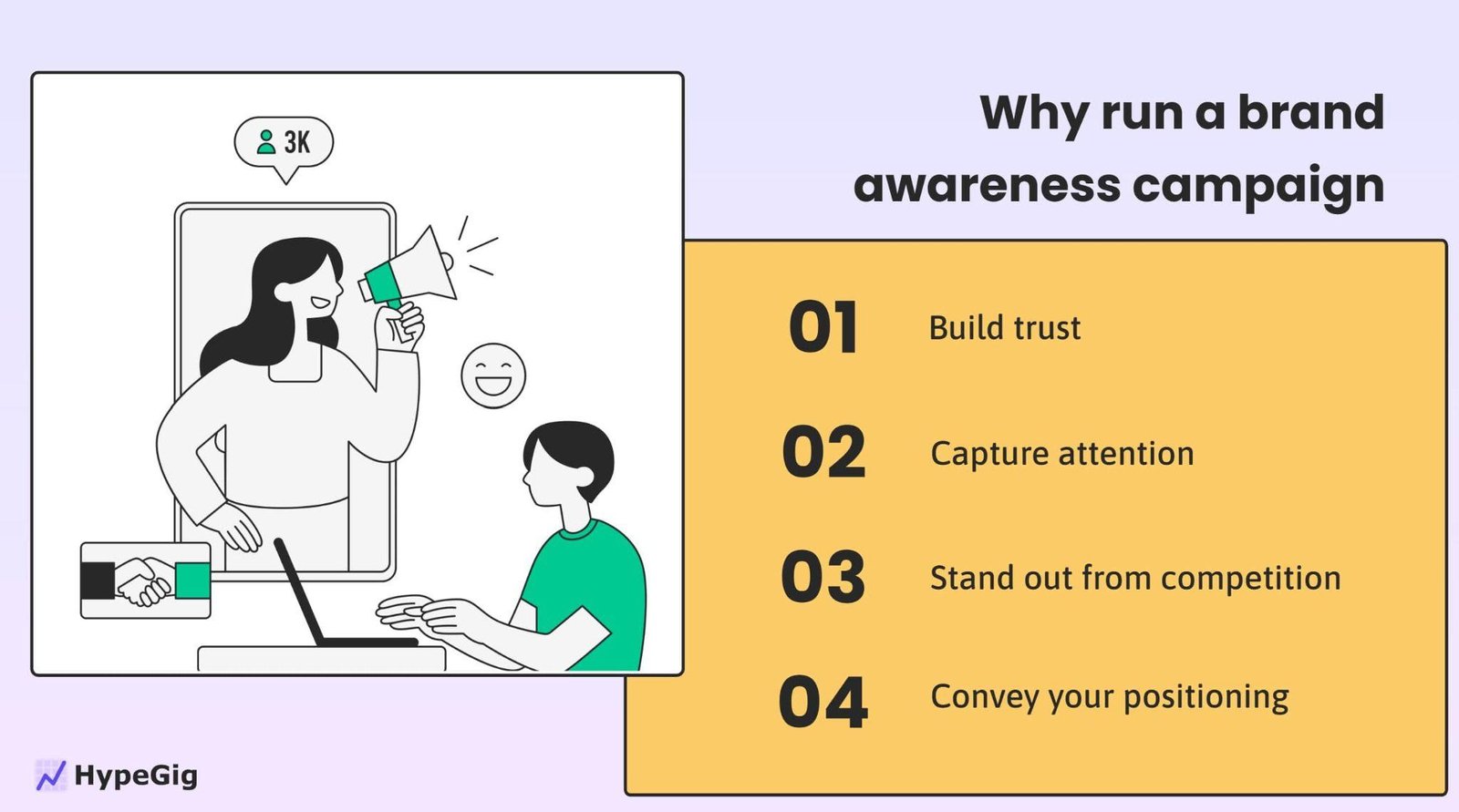
You might wonder, “Why focus on building brand awareness if I need sales?” The truth is, that awareness is the first step toward building trust and loyalty. People are more likely to buy from brands they recognize and feel a connection with.
For example, if you’re launching a line of eco-friendly cleaning products, a campaign showcasing your sustainable practices can attract attention and differentiate you from competitors.
Such a campaign also helps you position yourself in the market. Whether you’re a luxury brand aiming to convey exclusivity or a budget-friendly option focused on value, these campaigns let you define your narrative.
Ultimately, running campaigns to increase brand awareness ensures you’re not just another name—it gives people a reason to remember and trust you.
How to run a brand awareness campaign?
Running a brand awareness campaign helps you stand out and connect with your audience. It creates lasting impressions, opening doors for future growth. So it’s important to get it right. Here are the key steps.
Identify your key audience segment
Without knowing who you’re speaking to, your efforts to build brand awareness might miss the mark. So, think about what your ideal customer values, their challenges, and how your brand fits into their lives.
For instance, if you’re promoting a fitness app, targeting young professionals who prioritize convenience and wellness could be your focus. Tailor your campaign to their preferences, like showcasing quick workout routines on social media.
Your audience isn’t just numbers—it’s people with specific needs. When you create campaigns with them in mind, you’re more likely to resonate and build lasting connections.
You can generally define your audience based on aspects such as their characteristics, location, hobbies, actions, industry, and even technology consumption.
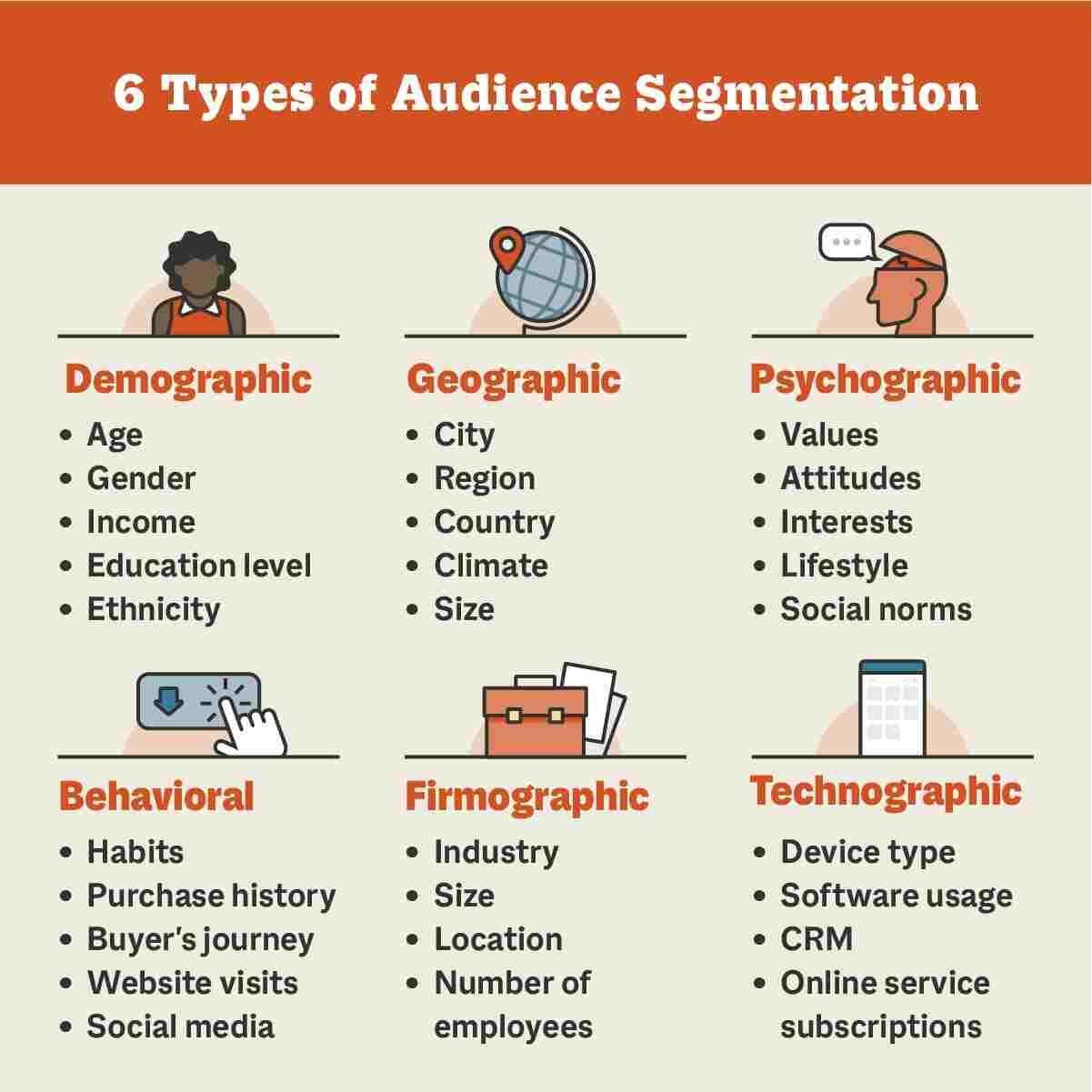
The customer profile you build should be relevant to the proposition of your campaign.
Related: Target market: the ultimate guide
Set your main campaign objective
Setting clear goals for your brand awareness campaign is essential to its success. Without goals, it’s hard to measure if your efforts are making an impact.
To get started, define what you want to achieve—whether it’s reaching a specific number of people, increasing social media engagement, or boosting website traffic.
For example, if you’re launching a new product, your goal could be to reach 50,000 potential customers within the first month.
Or, if you’re trying to build trust, you might aim to gain 500 new followers on social media by showcasing your brand values. Clearly defined goals help you stay focused and track your progress effectively.
Have a relatable brand identity
Creating a relatable brand identity is key to building a strong connection with your audience. When people feel like your brand “gets” them, they’re more likely to engage and trust you.
To make your brand identity relatable, think about your audience’s values, interests, and language.
For example, if your target market consists of young parents, your messaging to improve brand awareness might emphasize convenience, family-friendly products, and affordability.
A good example of this is a baby food company that focuses on quick, nutritious meals for busy parents—something that resonates with their daily lives.
When your brand speaks the same language as your audience, it becomes easier for them to see themselves in your story.
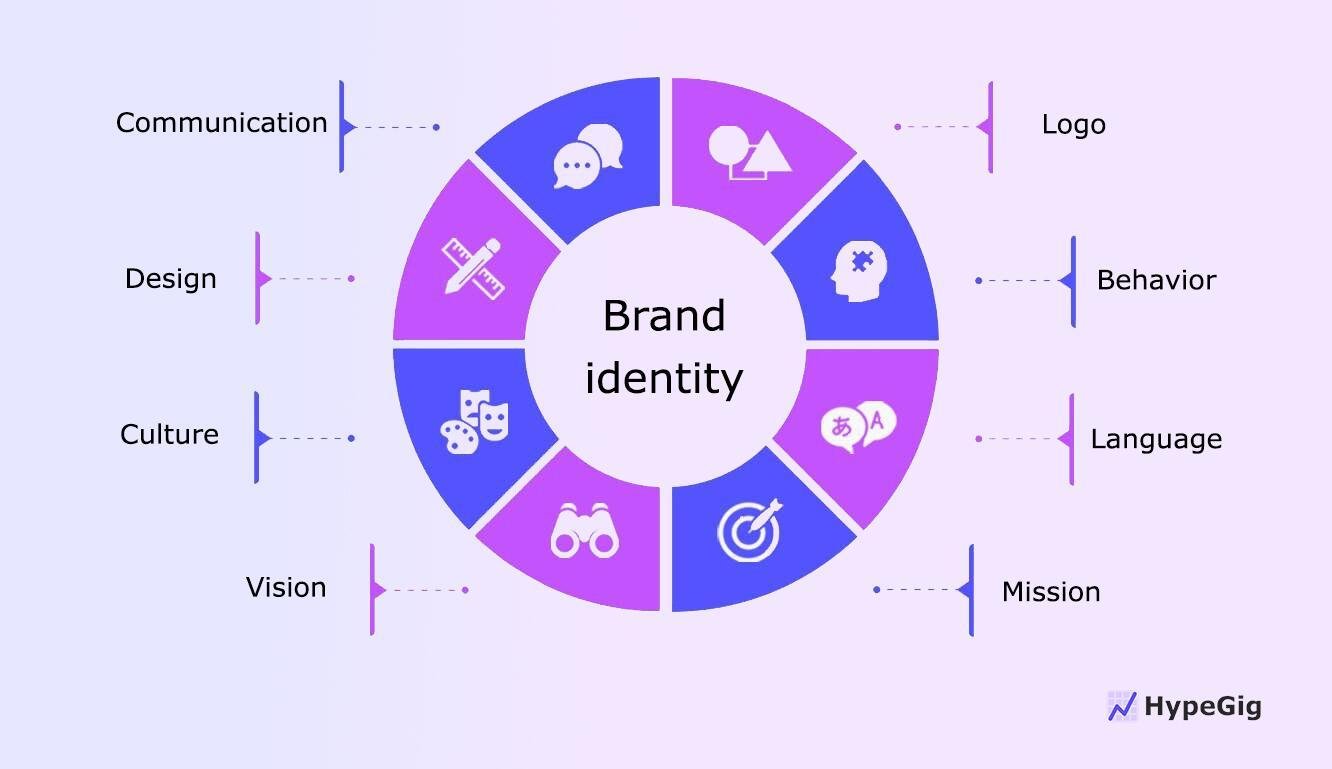
Aside from components related to language, the design aspects such as logo, colors, and typography also play a major role in building brand identity.
Choose your primary marketing channel
When you run a brand awareness campaign, choosing the right channels and platforms is crucial for reaching your target audience effectively.
With so many options available, it’s easy to feel overwhelmed. The key to building brand awareness is to choose marketing channels that align with your audience’s habits and preferences.

Let’s dive into some key platforms, breaking down how each works and how to choose the right one for your campaign.
Social Media
Social media platforms like Instagram, X, Facebook, and TikTok offer immense reach. They’re ideal for visual storytelling, quick engagement, and reaching a wide audience.
If your brand relies heavily on visuals (e.g., fashion, food, or design), Instagram and TikTok are strong contenders.
If your target audience is more mature or enjoys in-depth discussions, Facebook might be better choice to increase brand awareness.
TikTok works well for younger, trend-sensitive audiences who engage with quick, creative content.
For more information, check out this blog post on different ways to use social media for brand awareness.
Blogging
Blogging allows you to provide valuable, in-depth content to your audience. It’s ideal for answering questions, offering how-to guides, or providing industry insights.
If your target audience is actively searching for information, long-form content on your website or blog can build trust and authority.
Email campaigns
Email allows for a more personal approach, where you can share updates, promotions, and content directly with subscribers.
Choose email campaigns if you already have an engaged audience or customer base that has opted in for updates. It’s a great way to nurture leads and stay connected with your most loyal followers.
Influencer marketing
When you collaborate with influencers in your niche, you get to leverage their audience and credibility to improve brand awareness.
If you’re targeting a younger demographic or a niche community (e.g., fitness enthusiasts, beauty lovers) in your brand awareness campaign, influencers can be a powerful tool to spread your message.
Select only those influencers whose values align with your brand. For instance, a sustainable fashion brand would benefit from working with influencers who advocate for ethical fashion and environmental causes.
Paid ads
Paid ads on platforms such as Google Ads, Facebook Ads, or Instagram Ads let you target specific demographics based on interests, location, or behavior.
Paid ads are great if you have a defined audience and want to boost visibility quickly.
For example, Google Ads can be ideal for targeting people actively searching for your product, while Facebook Ads allow for detailed demographic targeting.
Paid ads work well for businesses looking for rapid growth or event promotions.
Partnerships and collaborations
Partnering with other brands or businesses can help you reach a new, relevant audience. For example, co-hosting events or creating joint campaigns.
This works best if you have a complementary brand, where both audiences will benefit. For example, a fitness brand could partner with a health food company for a cross-promotional campaign.
Choose partners who share similar values, as this builds trust between both audiences.
By aligning your channel selection with these factors, you can ensure your brand awareness campaign reaches the right people in the right way.
To learn more, check out this guide on how to find successful brand collaborations.
Zero in on your campaign offer
Giving a specific deal or offer in your campaign for brand awareness is a really effective way to attract attention and engage potential customers.
Instead of just promoting your brand, offering something valuable can drive interest and create excitement around what you do.
For example, you might run a limited-time discount or a free trial for your product. When planning your offer, consider your audience’s preferences. Are they looking for value, exclusivity, or convenience?

Tailoring the offer to your target’s needs can increase its appeal. Keep the offer simple, clear, and aligned with your campaign’s goals to make it easy for people to understand and act on.
Measure performance
Measuring the performance of a brand awareness campaign helps you understand its impact and identify areas for improvement. Without tracking, you won’t know what’s working or what needs adjustment.
Brand awareness is not definite or distinct like other metrics. This makes it challenging to monitor and assess. But there are qualitative and quantitative metrics that you can utilize to determine the effectiveness of your efforts to increase brand awareness.
Start by defining key metrics like reach, engagement, website traffic, and social media mentions. For example, if your campaign focuses on social media, you might track metrics like likes, shares, and comments to gauge interaction.
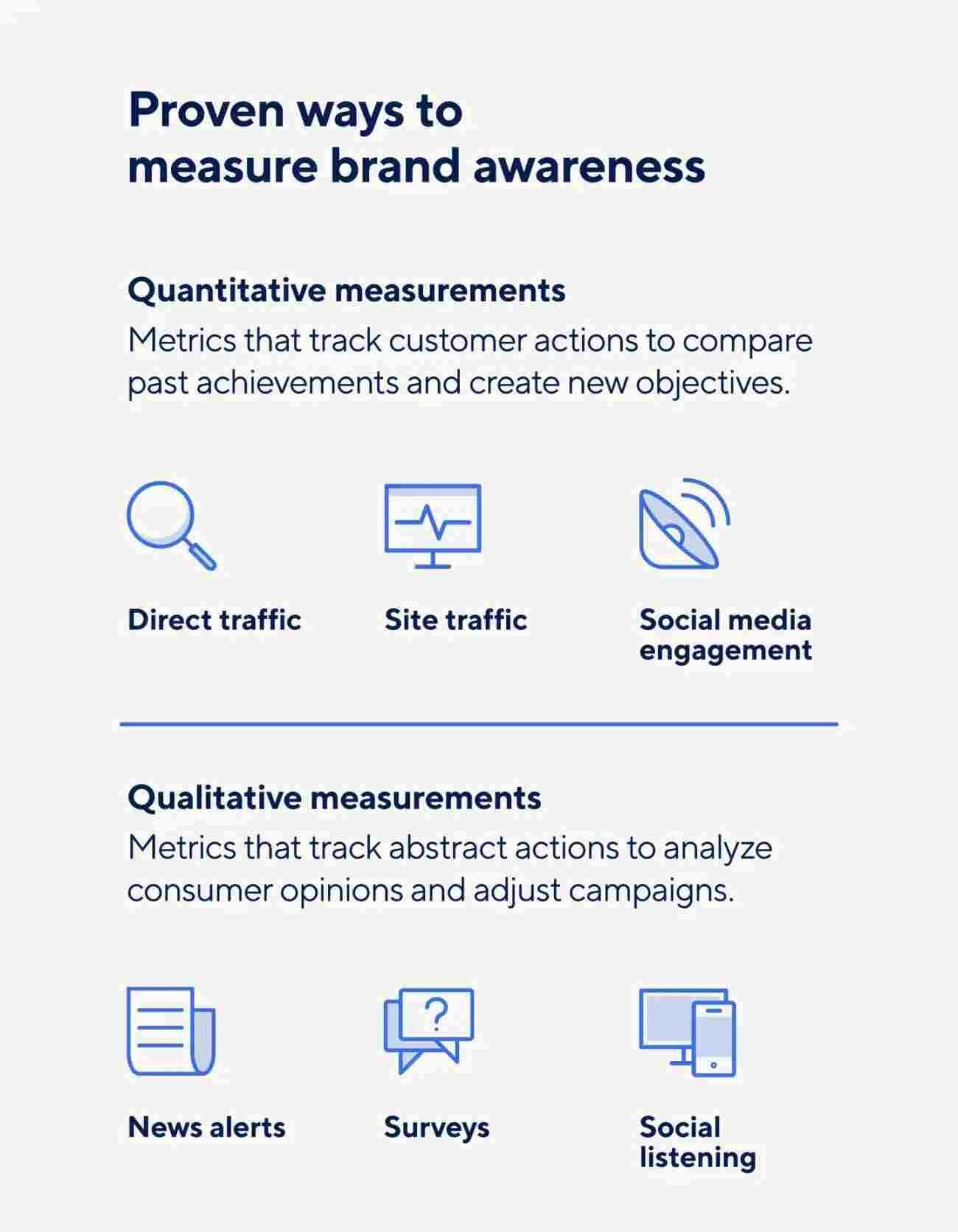
If your goal is to increase website visits, check your Google Analytics for changes in traffic.
Always measure against your campaign goals—whether it’s awareness, engagement, or website visits. Tracking allows you to fine-tune your strategy for future campaigns.
Brand awareness campaign examples
When you run brand awareness campaigns, they can significantly boost your brand’s recognition and help you connect with a wider audience.
To give you a clearer picture of how to approach such campaigns, let’s explore some notable examples and takeaways that can inform your own strategies.
Nike: “Just Do It” campaign
Nike’s iconic “Just Do It” slogan has been a standout example of a brand awareness campaign that has resonated with people worldwide.
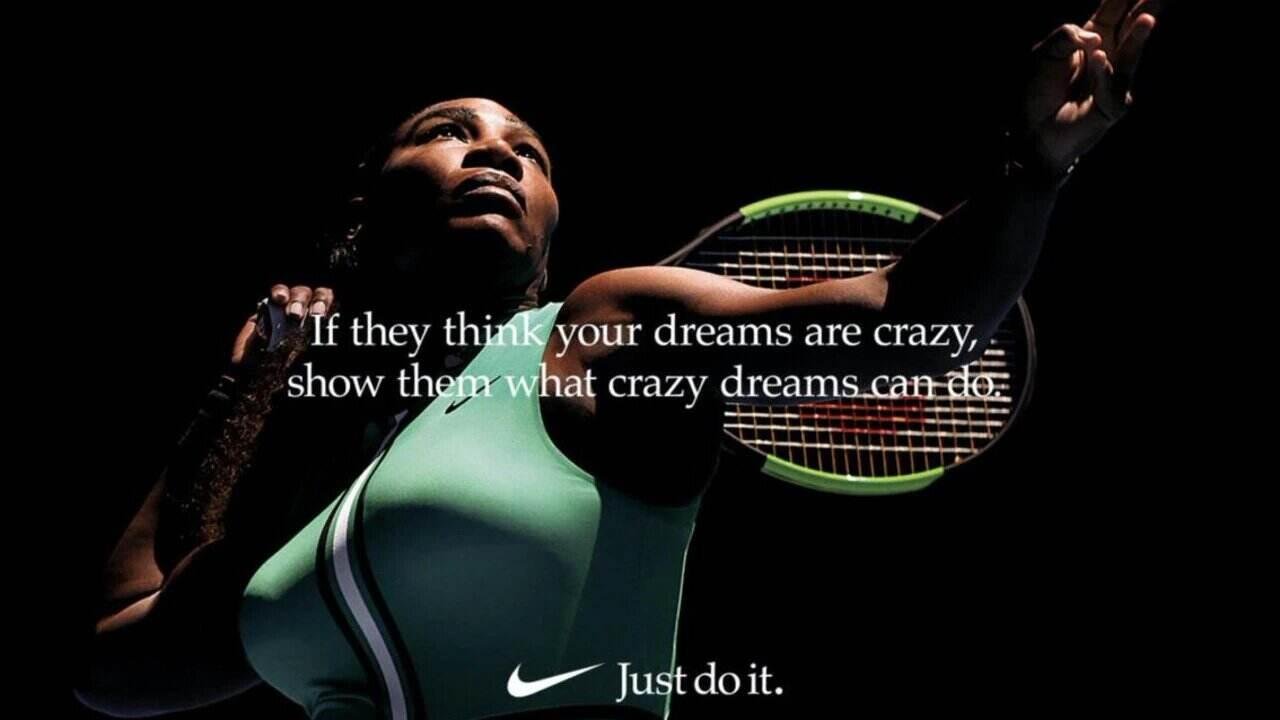
This campaign focused not only on selling products but also on inspiring customers to take action, regardless of their background or skill level.
By linking the brand to motivation, empowerment, and athleticism, Nike created a strong emotional connection with its audience.
Takeaway: A strong emotional appeal can elevate your campaign. Don’t just promote a product—promote an idea or feeling that aligns with your audience’s values. This kind of connection can build brand awareness that lasts far beyond the duration of the campaign.
Coca-Cola: “Share a Coke” campaign
Coca-Cola’s “Share a Coke” campaign is another great example of how personalization can increase brand awareness.
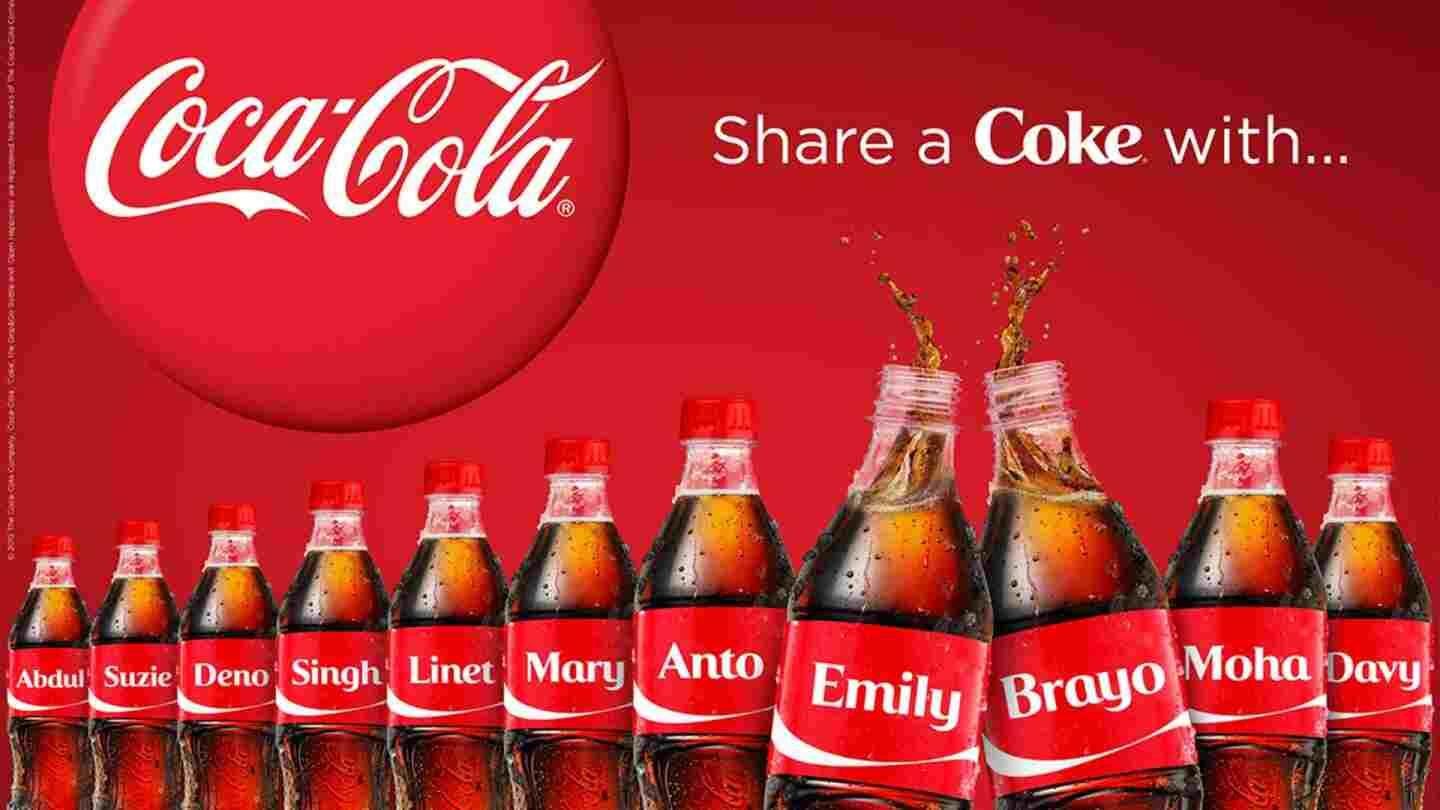
By replacing their iconic logo with popular names on bottles, Coca-Cola invited customers to find bottles which had their names or the names of friends and family.
This brand awareness campaign sparked social media engagement, with customers sharing their Coke bottle photos, further spreading the brand message.
Takeaway: Personalization can create a sense of ownership and make customers feel special. It encourages them to engage with your brand in a more personal way. So, try to integrate some level of customization into your campaign to make it more relatable.
Airbnb: “Belong Anywhere” campaign
Airbnb’s “Belong Anywhere” campaign was a bold effort to reshape the way people view travel and hospitality. Rather than simply promoting its listings, Airbnb focused on the idea of belonging and connecting with people worldwide to improve brand awareness.
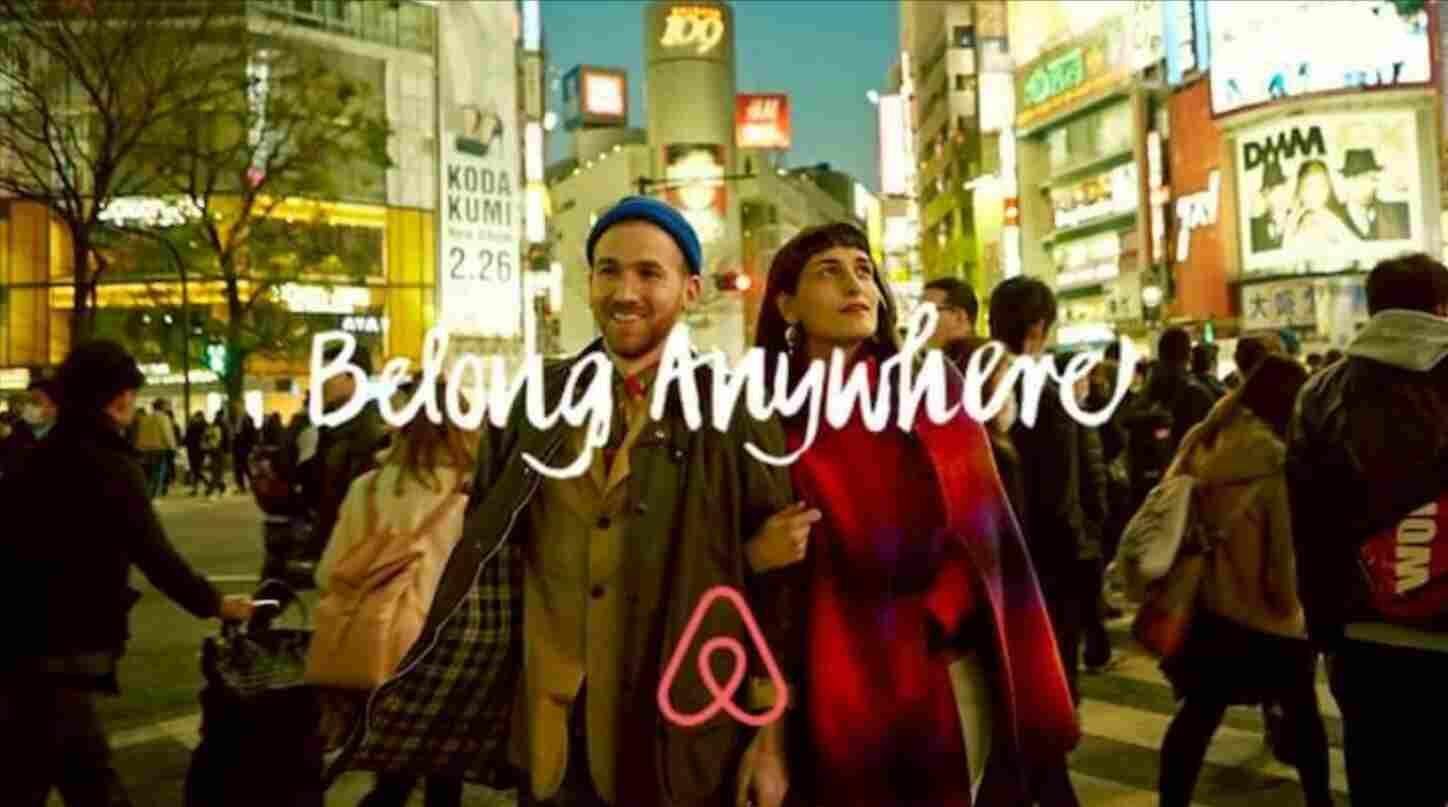
The campaign featured real stories from guests and hosts, which highlighted the emotional aspect of staying in someone’s home rather than a hotel.
Takeaway: Authenticity is key to run a brand awareness campaign. People connect with real stories and experiences. Your brand can stand out by showing the human side of your product or service rather than relying on traditional marketing tactics.
Show how your brand can genuinely enhance lives or solve problems.
ALS Association: “Ice Bucket Challenge”
The ALS Ice Bucket Challenge requires no introduction. It was a viral campaign that raised awareness for ALS (amyotrophic lateral sclerosis).
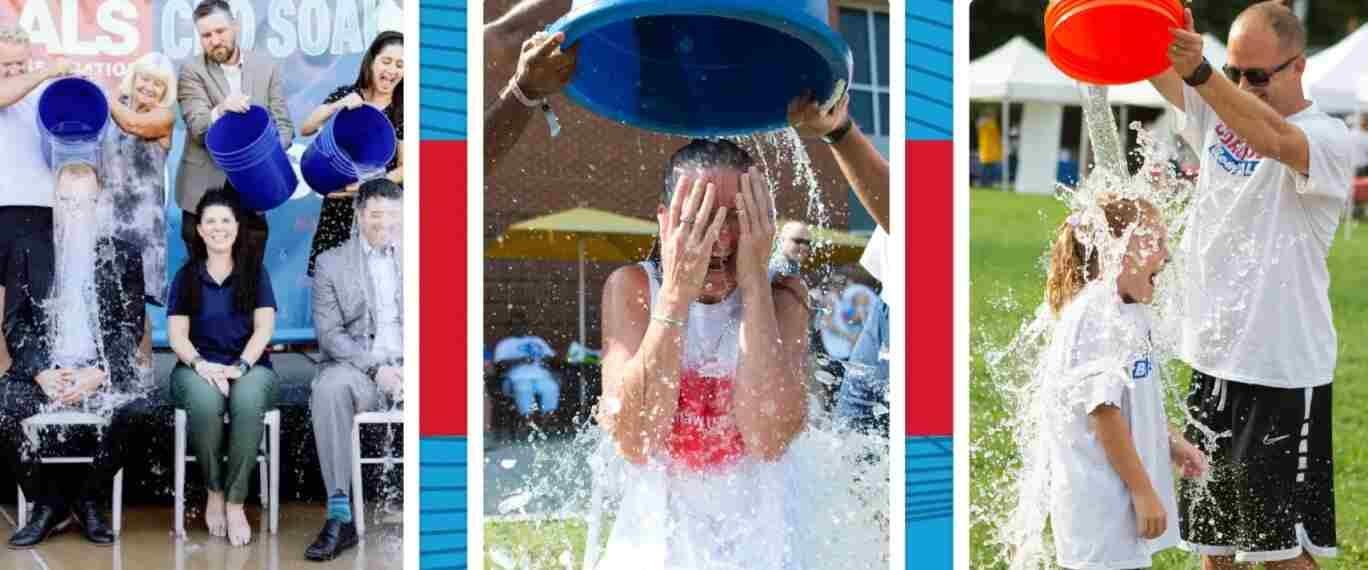
The campaign challenged people to pour a bucket of ice-cold water over their heads, donate to the ALS Association, and nominate others to do the same.
This campaign exploded on social media, reaching millions of people and raising millions of dollars for research.
Takeaway: Sometimes, the best brand awareness campaigns involve a fun, unexpected element. Encouraging participation or user-generated content to build brand awareness can go viral quickly. If you can create a fun, shareable experience, it can spark conversations and draw more attention to your cause or product.
Apple: “Think Different” campaign
Apple’s “Think Different” campaign was all about celebrating the creative, innovative spirit of its customers.
The campaign featured iconic figures like Albert Einstein, Mahatma Gandhi, and Martin Luther King Jr., positioning Apple as a brand for people who dared to think outside the box.
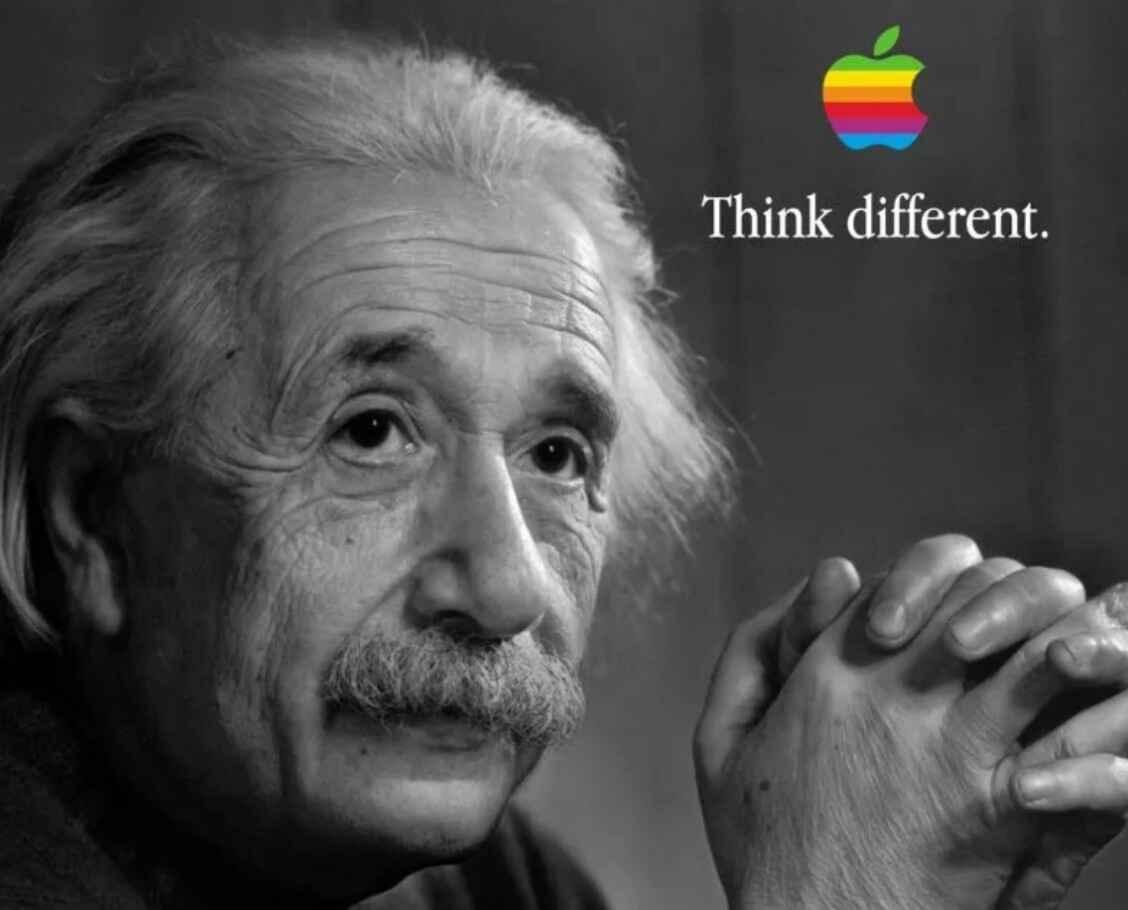
This helped Apple differentiate itself from other tech brands by aligning its products with creativity and individuality.
Takeaway: Position your brand around a unique value proposition that sets it apart from the competition. Apple’s approach was not just about selling a computer; it was about positioning the brand as a symbol of creativity and increasing brand awareness.
Think about what makes your brand unique and how you can communicate that in a way that resonates with your audience.
Final thoughts on brand awareness campaigns
A successful campaign for brand awareness goes beyond just visibility—it’s about creating a meaningful connection with your audience. Whether you’re personalizing your message like Coca-Cola or inspiring action like Nike, the key is to understand your audience’s values and communicate authentically.
I’ve seen brands thrive by focusing on emotional appeal and storytelling, making their campaigns not only memorable but effective.
To successfully run a brand awareness campaign, you need to choose the right platforms, set clear goals, and stay consistent in your messaging. When done right, it can significantly enhance your brand’s presence and customer loyalty.
Did I miss anything? Did you try these tips to improve brand awareness? Do you have any questions or comments? Share your thoughts below in the comments section.




